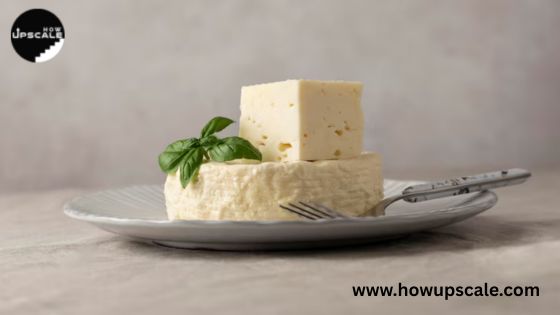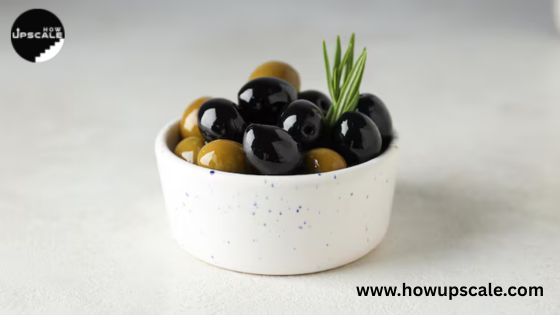Maluka Mela: A Vibrant Celebration of Narsingh Jayanti

History of Maluka Mela
In Rajasthan’s colorful calendar of fairs, Maluka Mela stands out as a centuries‑old celebration of Lord Narsingh’s victory. It is held on Narsingh Chaturdashi (also called Narsingh Jayanti) – the 14th day of the Hindu month of Vaishakh which honors Lord Vishnu’s half-man, half-lion incarnation. According to legend, Vishnu appeared as Lord Narsingh at twilight to rescue the devout Prahlad by slaying the demon Hiranyakashipu. Locally, this dramatic myth is re‑enacted every year.
For example, at the Somnath Temple in Pali the Narasimha Avatara Day has been observed for over 150 years. In Jodhpur’s Gangshyam Ji Temple grounds, the annual Maluka Mela has become a heartfelt expression of faith and heritage on Narsingh Chaturdashi. In short, this festival is not just a fair – it’s a living tribute to the triumph of good over evil (as Narasimha’s tale symbolizes.
Traditions Associated with the Mela.
The atmosphere at Maluka Mela is playful yet sacred, blending ancient ritual with lively folk ways. After the daytime pujas, young men dress up as “Maluka” (the demon Hiranyakashipu) – often wearing black clothes and theatrical makeup – and armed with wooden sticks. At dusk they stage mock ‘attacks’ on villagers, playfully showering onlookers with blows as people dodge and laugh.
Legend has it these antics represent the demon’s wrath before divine justice is served. Elders spread mats for evening aartis and bhajans, singing devotional songs while priests decorate the Narsingh idol with garlands of marigolds and offer sweets and coconuts in puja. As twilight deepens, everyone gathers for the centerpiece of the night – the live Narasimha Leela.
This tradition dramatizing Prahlad’s faith and Narsingh’s intervention – has been passed down for generations. It’s a time when sacred ritual and street‑theatre meet: a full-circle tradition that roots the community in a shared story.
Main Attractions and Events
Each Maluka Mela is packed with spectacles that dazzle the senses. The dramatic reenactment of the Narasimha legend is the star attraction. At sunset the courtyard comes alive as villagers don colorful costumes and masks: one becomes Lord Narsingh, another the demon Hiranyakashipu, and yet another the devout Prahlad.
With drummers beating a furious rhythm, this living theater reaches its climax when Narsingh (the half‑lion god) bursts forth from a pillar to slay the evil king. It’s a scene that sends cheers through the crowd a vivid reminder of the festival’s mythic roots. Alongside the play, the fair offers plenty of other festivities: temple aartis, devotional singing, and even folk puppet shows or toy stalls under the twinkling lamps.
Brightly painted camel carts or decorated bulls (common in Rajasthan fairs) sometimes parade through the mela, and vendors hawk embroidered textiles and jewelry. Everywhere, the spirit of the Mela is one of joyful community families and visitors soaking up the pageantry, snapping photos of costumed performers, and sharing in the devotion of the evening.
Famous Food and Culinary Delights
Rajasthani cuisine is a feast at any fair, and Maluka Mela is no exception. Aromas of frying ghee and sweet syrup fill the air from countless food stalls. Street‑food classics are on offer: steaming pyaaz kachoris stuffed with spicy lentil and onion, crispy samosas and mirchi vadas (chili fritters), and trays of golden jalebis and imartis soaking in syrup.
One can’t miss the regional specialties: bajra (pearl millet) rotis slathered in ghee, dal‑baati‑churma (lentils with wheat dumplings and sweet crumbled churma), and rich mawa kachoris (flaky pastries stuffed with milk solids). Sweets are abundant too – for example, churma ladoos and ghevar, perfect for celebrating. Local vendors also serve thick lassis (sweet or salted yogurt drinks) and jaljeera (spiced cumin lemonade) to refresh festival‑goers.
As one Times of India report notes, even state‑run stalls at craft melas bring out the Rajasthani spread: “Bajre ki roti, Dal Baati Churma, Mawa Kachori, churma ladoo…” are all cooked fresh on‑site. Sampling these treats is part of the fun – nothing warms the spirit quite like a buttery baati or a hot jalebi on a cool desert evening.
Cultural Performances and Artistic Highlights
Maluka Mela is as much a cultural festival as it is a religious one. Throughout the evening, folk dances and music light up the fairgrounds. Traditional Rajasthani Ghoomar dancers (women twirling in bright ghagras) or Kalbelia performers (the serpent-charming dance) often take the stage, accompanied by dholak and sarangi rhythms.
Even if not formally scheduled, impromptu dance circles form under the stars. These performances echo the very reason for the gathering: as one festival description puts it, Maluka Mela is “a living theatre of divine myth” where every year the community recreates the narrative of the Narsingh Avatar with enthusiasm.
Devotional bhajans (hymns) and kirtans may ring out, inviting everyone to join hands and sing praises. The result is a kaleidoscope of sight and sound: swirling costumes in reds and greens, strings of marigold lamps swinging in rhythm, and the beat of drums syncing with cheering voices. All of this reflects the spirit of Narsingh Jayanti itself – the victory of good over evil, celebrated through art and dance.
Note: The above account is based on local news and culture reports of Maluka Mela and Narsingh Jayanti, combined with descriptions of Rajasthani fair traditions.









